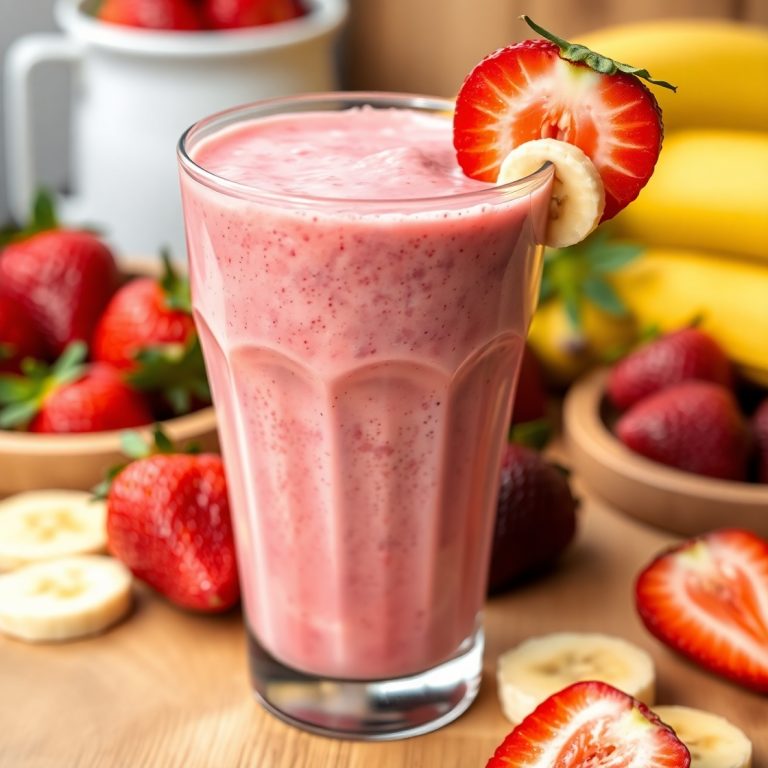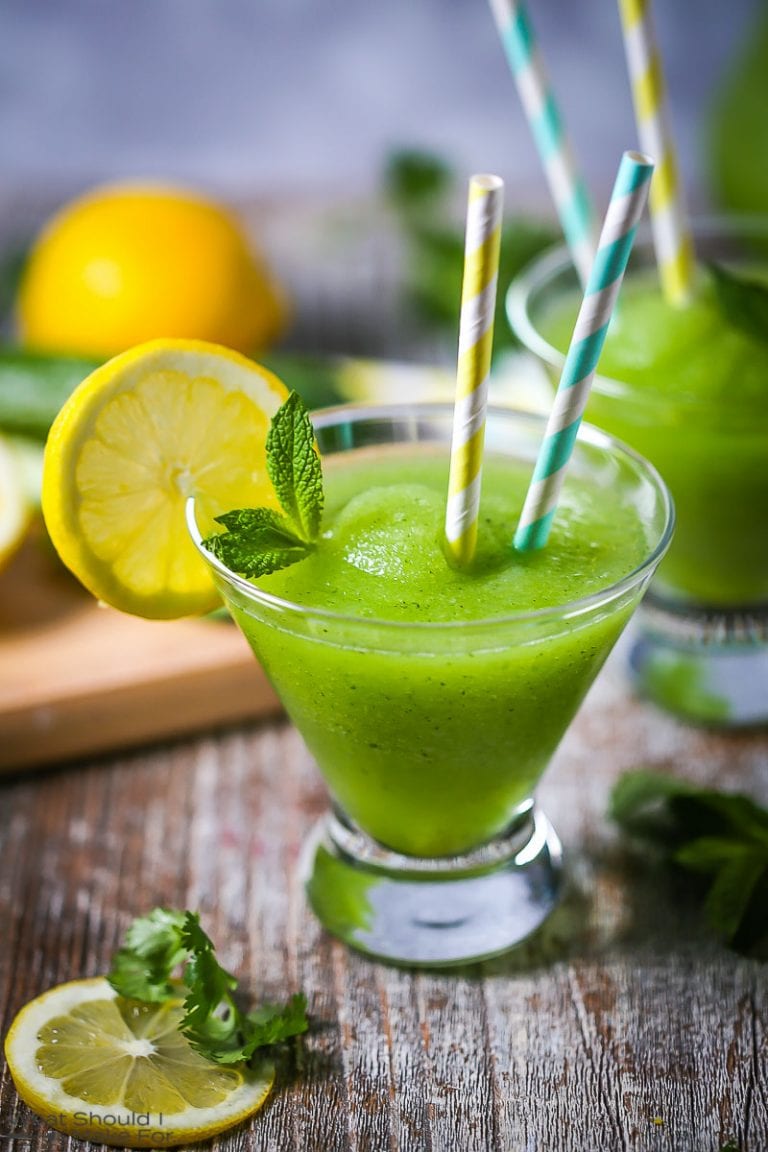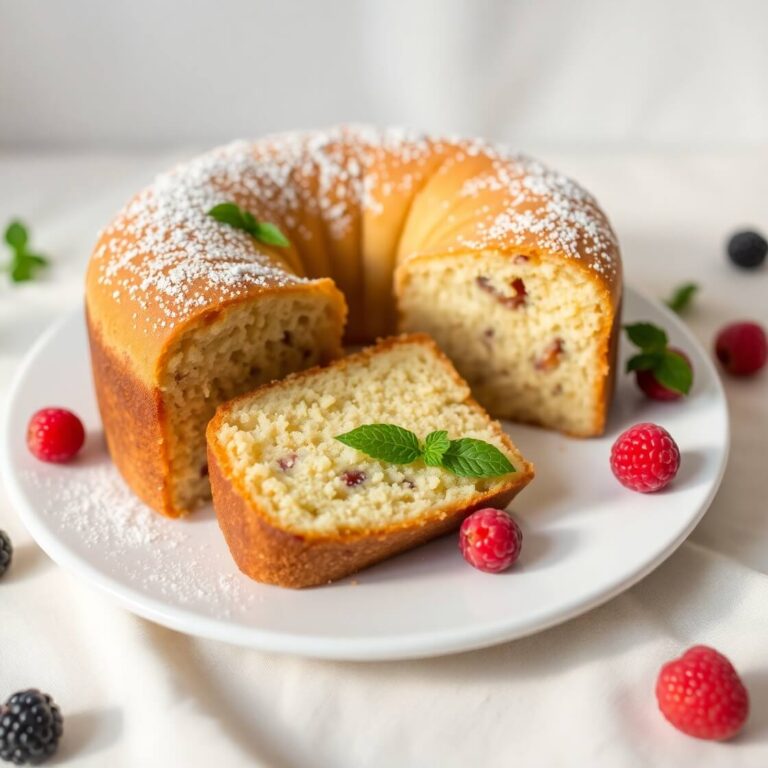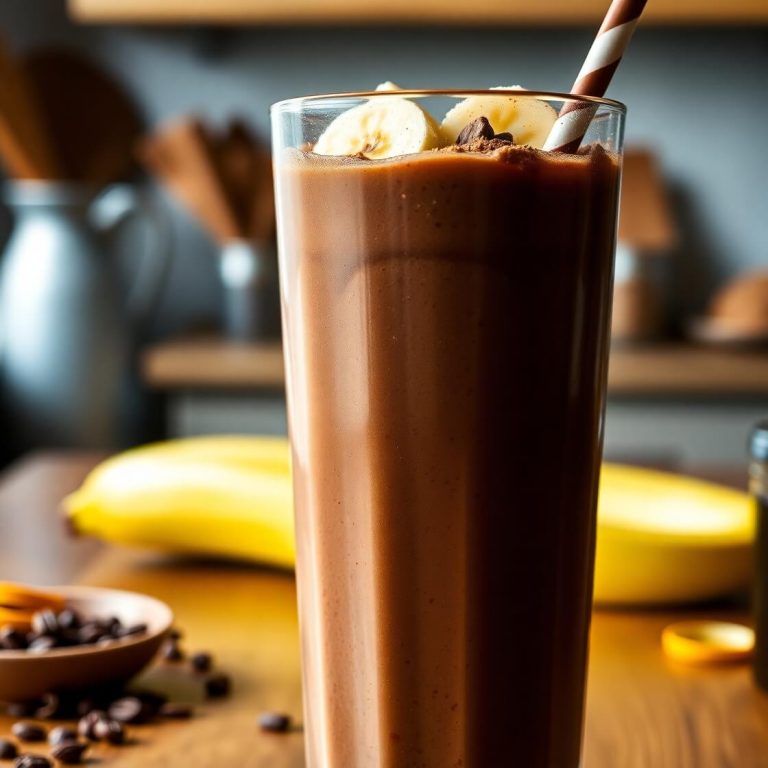
This Lemon Vinaigrette Dressing was born out of a need for something clean, fresh, and versatile—something that could cut through the richness of roasted vegetables, liven up a simple green salad, or even double as a zesty marinade for grilled chicken.
I created this recipe one summer when my garden was overflowing with fresh lemons and herbs. After one too many overly sweet bottled dressings, I knew it was time to simplify.
This vinaigrette hits all the right notes: tangy, bright, and lightly sweet, with just the right amount of garlic warmth and herbaceous lift.
If you’ve ever wondered how to make a dressing that instantly makes anything taste gourmet—keep reading.
Why I Love This Recipe

What makes this Lemon Vinaigrette Dressing special is its remarkable balance and versatility.
First, the citrusy brightness. Lemon juice has a way of waking up the palate, adding sparkle to even the most humble bowl of greens. Unlike creamy dressings, which can weigh a salad down, this vinaigrette feels light and refreshing.
Then there’s the harmony of ingredients. The richness of extra virgin olive oil softens the acidity of the lemon juice, while a touch of honey or maple syrup smooths out the sharp edges. A dash of Dijon mustard doesn’t just add flavor—it acts as a natural emulsifier, holding everything together in one silky, unified pour.
What I also love is how this recipe is endlessly customizable. Want it sharper? Use more lemon. Sweeter? Add honey. Herbal? Toss in some chopped thyme or basil.
This is not just a dressing—it’s a foundation for so many meals. From salads to grain bowls to roasted veggies, you’ll find yourself reaching for this one again and again.
Ingredients for Lemon Vinaigrette Dressing
The ingredients in this vinaigrette are simple, but when combined, they create something greater than the sum of their parts.
Here’s what you’ll need:
Freshly squeezed lemon juice: The star of the show. Use fresh, not bottled—it makes a world of difference. Meyer lemons are wonderful for a slightly sweeter finish.
Extra virgin olive oil: This adds body and depth. Choose a high-quality oil for the best flavor.
Dijon mustard: Not only does this add a little tang and spice, but it also helps the oil and lemon juice stay blended.
Honey or maple syrup: Just a touch, to balance the acidity. This isn’t a sweet dressing, but the sweetness rounds it out.
Fresh garlic: One small clove, finely minced or grated. It gives the vinaigrette a gentle pungency without overpowering.
Sea salt and freshly ground black pepper: Essential for seasoning. Don’t skip these—even a pinch makes a difference.
Optional: finely chopped herbs: Fresh parsley, basil, thyme, or dill can add a lovely herbal note. You can tailor it based on what you’re serving it with.
These pantry staples come together to make something truly elegant.
How Much Time Will You Need?
This dressing is quick—really quick.
You can make it from scratch in just 5 minutes, including prep. No cooking, no complicated tools—just a whisk and a bowl (or a jar and a lid if you prefer the shake method).
It’s ideal for last-minute meals, quick lunches, or prepping ahead for the week.
How to Make This Lemon Vinaigrette Dressing

Follow this easy, step-by-step guide to create your own homemade lemon vinaigrette:
Step 1: Prep your ingredients
Juice your lemons until you have about ¼ cup of fresh lemon juice.
Finely mince or grate 1 small clove of garlic—a microplane works best if you want a smooth texture. If using fresh herbs, chop them finely.
Step 2: Whisk the base
In a medium mixing bowl, combine the lemon juice, minced garlic, 1 teaspoon of Dijon mustard, and 1 to 2 teaspoons of honey (or maple syrup, if preferred).
Whisk these together until well blended.
Step 3: Add the oil slowly
While whisking continuously, slowly drizzle in ½ cup of extra virgin olive oil. This helps emulsify the dressing, creating a smooth, cohesive texture.
If you’re using a jar, add all the ingredients, seal the lid tightly, and shake vigorously for about 30 seconds.
Step 4: Season
Add a pinch of sea salt and a few cracks of black pepper. Taste and adjust.
If it feels too tart, add a touch more sweetener or oil. If it tastes flat, a bit more salt might be needed.
Step 5: Optional herbs
Stir in about 1 tablespoon of fresh herbs if using. This adds freshness and a burst of color.
Step 6: Store or serve
Use immediately, or store in an airtight container in the fridge for up to 1 week. Be sure to shake or stir before each use, as natural separation will occur.
This dressing is adaptable, elegant, and above all—easy.
Substitutions
This vinaigrette is already quite flexible, but here are a few smart substitutions and variations to suit your taste or pantry:
Lemon juice → White wine vinegar or apple cider vinegar
If you’re out of lemons, these acids make a good substitute. The flavor will shift slightly, but the dressing will remain tangy and delicious.
Honey → Maple syrup or agave nectar
For a vegan version or different sweetness profile, use maple syrup for a deeper flavor or agave for a neutral sweetener.
Dijon mustard → Whole grain mustard or yellow mustard
If Dijon isn’t on hand, whole grain mustard adds texture, while yellow mustard will give a sharper tang.
Olive oil → Avocado oil or grapeseed oil
For a milder flavor or different fat profile, these oils can step in seamlessly.
Fresh garlic → Garlic powder or shallots
If raw garlic is too strong for your taste or you’re in a rush, ¼ teaspoon of garlic powder works well. Finely minced shallots can also add a milder, more nuanced flavor.
Fresh herbs → Dried herbs
If fresh herbs aren’t available, use dried—start with just a pinch since they’re more potent.
Best Side Dishes for Lemon Vinaigrette Dressing
Lemon vinaigrette is incredibly versatile, pairing well with a range of sides. Here are three standout dishes where this dressing shines:
1. Roasted Asparagus with Parmesan
Drizzle warm asparagus with this vinaigrette just before serving. The acidity cuts through the richness of the cheese for a perfect balance.
2. Farro and Chickpea Salad
Mix cooked farro, chickpeas, chopped red onion, and parsley. Toss it all in lemon vinaigrette for a protein-packed, flavor-filled lunch.
3. Grilled Zucchini and Corn
Brush vegetables with olive oil, grill until charred, then drizzle with vinaigrette. The lemon brings out the natural sweetness of the vegetables beautifully.
Serving and Presentation Tips

Lemon vinaigrette is as visually pleasing as it is flavorful, and its bright golden hue can bring life to any dish.
For elegant presentation, serve the dressing in a small glass carafe or mason jar. The slight cloudiness from the emulsification and flecks of herbs or black pepper give it a rustic yet refined look—perfect for brunch tables or dinner parties.
If you’re dressing a salad, drizzle it slowly in a zigzag motion across the greens rather than dumping it all at once. This lets the vinaigrette cling to leaves more evenly, creating a glistening, delicate finish.
Another lovely touch is to spoon a little vinaigrette around the base of a plated roasted vegetable dish, like grilled carrots or charred broccolini, allowing it to pool naturally without overwhelming the vegetables.
For grain bowls or composed salads, toss the grains and proteins first with the dressing, then layer the vegetables on top, leaving a bit of the vinaigrette drizzled for shine and finish.
It’s all about balance and letting the dressing elevate your food without taking center stage.
Tips and Tricks to Make This Recipe Even Better
Make it once, crave it forever.
Lemon vinaigrette is one of those back-pocket recipes you’ll come back to again and again—if you get a few things just right.
Here’s how to take it from good to unforgettable:
- Use freshly squeezed lemon juice. Bottled lemon juice tends to be bitter or metallic. Fresh lemons are essential for that clean, vibrant flavor.
- Emulsify properly. Slowly adding the oil while whisking vigorously helps prevent separation and creates that silky finish. If you’re short on time, a quick blitz in a blender or shake in a jar works too.
- Balance the acid. If your dressing tastes too sharp, don’t be afraid to tweak the honey or maple syrup. Even a ½ teaspoon adjustment can change everything.
- Let it rest. After making, let the vinaigrette sit for 10 minutes. This helps the garlic mellow out and the flavors meld.
- Double the batch. This dressing stores well, so make extra for easy access throughout the week. It’ll speed up meal prep and make salads a no-brainer.
- Add zest. For a stronger lemon punch, add ½ teaspoon of lemon zest to the dressing. It boosts the citrus flavor without more acidity.
Common Mistakes to Avoid
Even simple dressings can go sideways if you’re not careful. Avoid these pitfalls:
- Using bottled lemon juice. It just doesn’t have the same brightness or freshness. Always go fresh.
- Too much garlic. One small clove is plenty. Anything more can overpower the dressing and leave a harsh aftertaste.
- Skipping the emulsifier. Dijon mustard helps bind oil and lemon juice together. Without it, the vinaigrette will separate quickly.
- Forgetting to taste and adjust. Your lemons might be more tart or sweet than average. Always taste before serving and adjust salt, sweetener, or acid as needed.
- Improper storage. Leaving the vinaigrette uncovered or stored too long can cause flavor deterioration. Use an airtight container and refrigerate promptly.
How to Store It
Lemon vinaigrette keeps beautifully for up to 1 week in the refrigerator.
Here’s how to store it properly:
- Use a glass jar with a tight-fitting lid to prevent oxidation. Mason jars or Weck jars are ideal.
- Label and date the jar so you know when it was made.
- Shake or whisk before each use, as the oil and lemon juice will naturally separate during refrigeration.
- If you’ve added fresh herbs or garlic, be mindful that these can mellow or intensify over time. It’s best to make a new batch every few days if you’re using raw aromatics.
- Avoid storing at room temperature—refrigeration is key to keeping it safe and flavorful.
FAQ
Q1: Can I make this vinaigrette in advance?
Yes! In fact, it tastes even better after a few hours when the flavors have time to develop. Just store it in the fridge and give it a good shake before serving.
Q2: Can I freeze lemon vinaigrette?
Technically, yes, but it’s not ideal. Freezing may affect the texture and emulsification. It’s best used fresh or refrigerated for up to a week.
Q3: What can I use instead of Dijon mustard?
Whole grain mustard or a small amount of yellow mustard can work. If you’re avoiding mustard entirely, a pinch of ground mustard powder or even miso paste can help emulsify.
Q4: Is this vinaigrette vegan?
Yes, if you use maple syrup or agave nectar instead of honey, it becomes fully vegan.
Q5: Can I use lime juice instead of lemon juice?
Absolutely. Lime juice creates a slightly more tropical or tangy profile but works beautifully in most of the same dishes.

Lemon Vinaigrette Dressing
- Total Time: 5 minutes
- Yield: ¾ cup (6–8 servings)
- Diet: Gluten Free
Description
A bright, zesty, and refreshing dressing that transforms simple greens, roasted veggies, and grain bowls into vibrant, flavorful meals. This lemon vinaigrette is quick to prepare, naturally gluten-free, and perfect for weekly meal prep. The combination of tangy lemon juice, smooth olive oil, a hint of sweetness, and Dijon mustard creates a balanced, silky dressing that’s as versatile as it is delicious. Perfect for anyone looking to elevate everyday meals with something clean, light, and homemade.
Ingredients
- ¼ cup freshly squeezed lemon juice
- ½ cup extra virgin olive oil
- 1 teaspoon Dijon mustard
- 1 to 2 teaspoons honey or maple syrup
- 1 small garlic clove, minced or grated
- Pinch of sea salt
- Freshly ground black pepper, to taste
- Optional: 1 tablespoon finely chopped fresh herbs (parsley, basil, thyme)
Instructions
-
In a bowl, whisk together the lemon juice, Dijon mustard, honey/maple syrup, and garlic.
-
Slowly drizzle in the olive oil while whisking continuously to emulsify.
-
Season with salt and pepper to taste.
-
Stir in fresh herbs if using.
-
Use immediately or refrigerate in an airtight container for up to 1 week.
Notes
-
For a stronger lemon flavor, add ½ teaspoon lemon zest.
-
If the vinaigrette is too tart, balance with an extra ½ teaspoon of sweetener.
-
To make it creamy, blend in 1 tablespoon of plain Greek yogurt.
- Prep Time: 5 minutes
- Cook Time: 0 minutes
- Category: Dressing
- Method: No -cook
- Cuisine: American, Mediterranean
Nutrition
- Serving Size: 2 tablespoons
- Calories: 145
- Sugar: 1g
- Sodium: 45mg
- Fat: 15g
- Saturated Fat: 2g
- Unsaturated Fat: 13g
- Trans Fat: 0g
- Carbohydrates: 2g
- Fiber: 0g
- Protein: 0g
- Cholesterol: 0g






